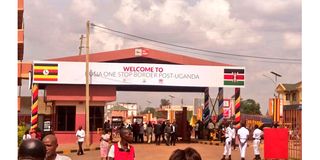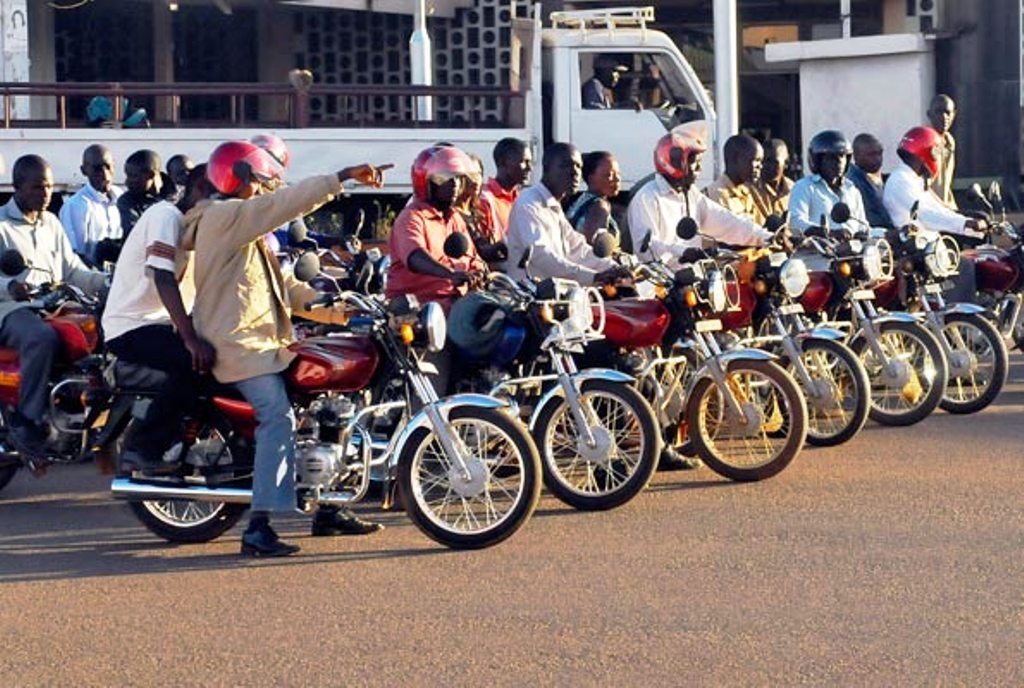A polygamist’s cry at a border

What you need to know:
- A Ugandan polygamist was quoted weeping, claiming the crackdown was anti-family. He has a wife and home on the Ugandan and Kenyan sides
As Kenyans braced for Monday’s opposition-led cost of living protests, the citizens were contending with less revolutionary matters at its western Busia border with Uganda.
According to the Daily Nation’s sister publication in Uganda Daily Monitor, Kenya, had poured several police officers and General Service Unit troops to close off all porous routes at the shared border.
Some of the numbers from the report are head-spinning. The Kenya-Uganda border through Busia District alone is 57 kilometres, but it has over 200 illegal routes! Of course, free trade fundamentalists wouldn’t consider them illegal.
Mr Ruto Kipchumba, the Busia-Kenya County Commissioner, is quoted saying the action had been taken to stop smuggling, which is causing the Kenya government huge revenue losses and putting lives at risk due to the consumption of substandard goods that were being smuggled into the country. The routes were also being used for human trafficking, he said.
In times gone by, it was Uganda that took most of the anti-smuggling initiatives. These days it is Kenya that takes most of them. Thus Mr Michael Kibwika, the Busia Resident District Commissioner (RDC), said Uganda had welcomed Nairobi’s [not Uganda’s] move to have the porous borders closed, adding that Uganda, too, has been losing massive revenue to rampant smuggling, while human trafficking was “at its worst”.
The results were predictable. A Ugandan polygamist was quoted weeping, claiming the crackdown was anti-family. He has a wife and home on the Ugandan and Kenyan sides. “Sometimes, I leave my Ugandan home late in the night and use less than 10 minutes to reach my other home in Kenya. I am wondering how I will be walking for over three kilometres through [the official] immigration point [at the One-Stop Border Point in Busia] to check on my wives and children who are across the two borders,” he grieved.
Many market women spoke to the paper unhappily; they were already facing ruin since the closure since most of their customers were Kenyans.
A restaurant owner on the Uganda side said he used to slaughter eight goats for his Kenyan customers; now, he was down to only three (you just knew goats would feature in this tale). He was looking to lay off seven of his ten workers.
But not all is doom and gloom. Small-time traders who used to ply the unofficial routes said they were passing through the main Busia crossing, and their goods were not being impounded. The main complaint, so far, is that there is now congestion at the lone gate at the border.
The total stretch of the Kenya-Uganda border is 772 kilometres. If 200 “illegal” routes for every 57 kilometres held up for the whole stretch, then it means there are at least 2,700 ungazetted border crossings between the two countries.
Kenya and Uganda would need close to half of their police and military resources to seal off the whole border. However, Uganda just did a major upgrade to the road that leads to the Lwakhakha border point, which links to Bungoma County.
In the towns along the route inside Uganda, there are Kenyan-registered boda bodas plying routes, and the authorities have long ago given up cracking down on them. About a dozen buses cross the shared border at Lwakhakha every day, carrying small-scale Kenyan traders doing business in the surrounding areas.
Not too far away, a marvellous new road is about to hit the Kenya-Uganda border at Suam. In August 2018, as Vice President, with some flair, President William Ruto launched the construction of the road with Uganda President Yoweri Museveni. They spoke grandly about how the Suam–Endebess–Kitale–Eldoret Road would unlock new wealth and form part of a corridor linking the two countries to the South Sudan heartland.
The view from Mt Elgon’s lower reaches is breathtaking. You can look far into Kitale. These are part of the ranges that run into Kenya and produce the new generation of Ugandan long-distance running champions with names that start with “Kip” and “Chep”, leading Kenyans to cheekily lay claim to them as exports to Uganda. From up there, you see cyclists, boda boba, pick-ups, and people on foot crossing through many points along the common border.
The striking thing about this area, and your columnist was last there a few weeks ago, is the total lack of awareness of the constraints of the border. A veterinary doctor will cross the border twice daily to tend to cattle on either side. When someone tells you they are going to see their mother or aunt, it could be in Kitale in Kenya as much as in Kapchorwa, Uganda.
One often wonders what would happen if Kenya and Uganda decided to abolish the state rituals at this 772-kilometre stretch of border and policed it through the regular measures they currently use for internal insecurity. Cattle rustling and other crimes like human trafficking would increase, but the new economic fortunes that wash over the border regions would be more than enough to produce the taxes to pay for their effective policing. And the cost of being a cross-border polygamist would reduce sharply.





